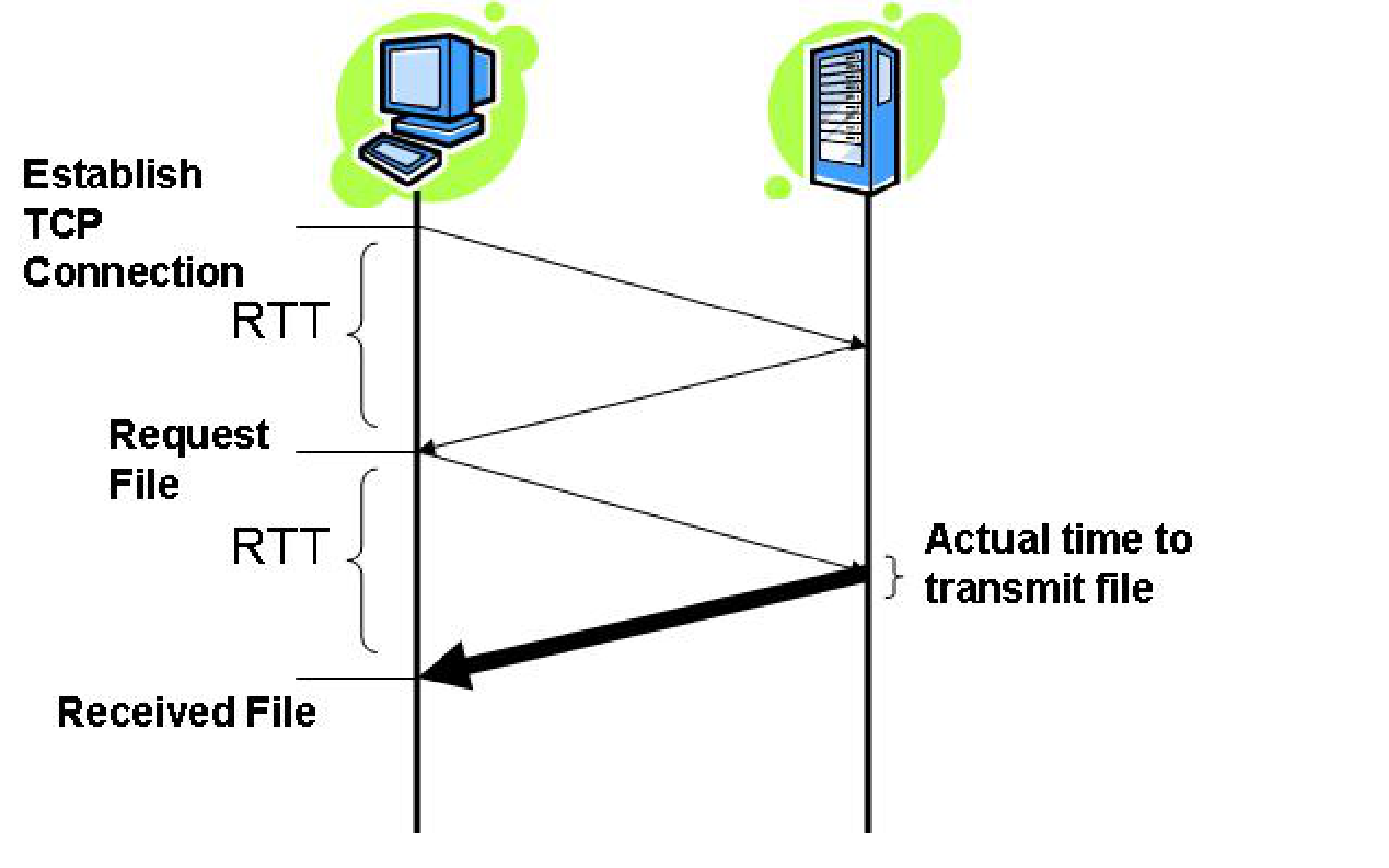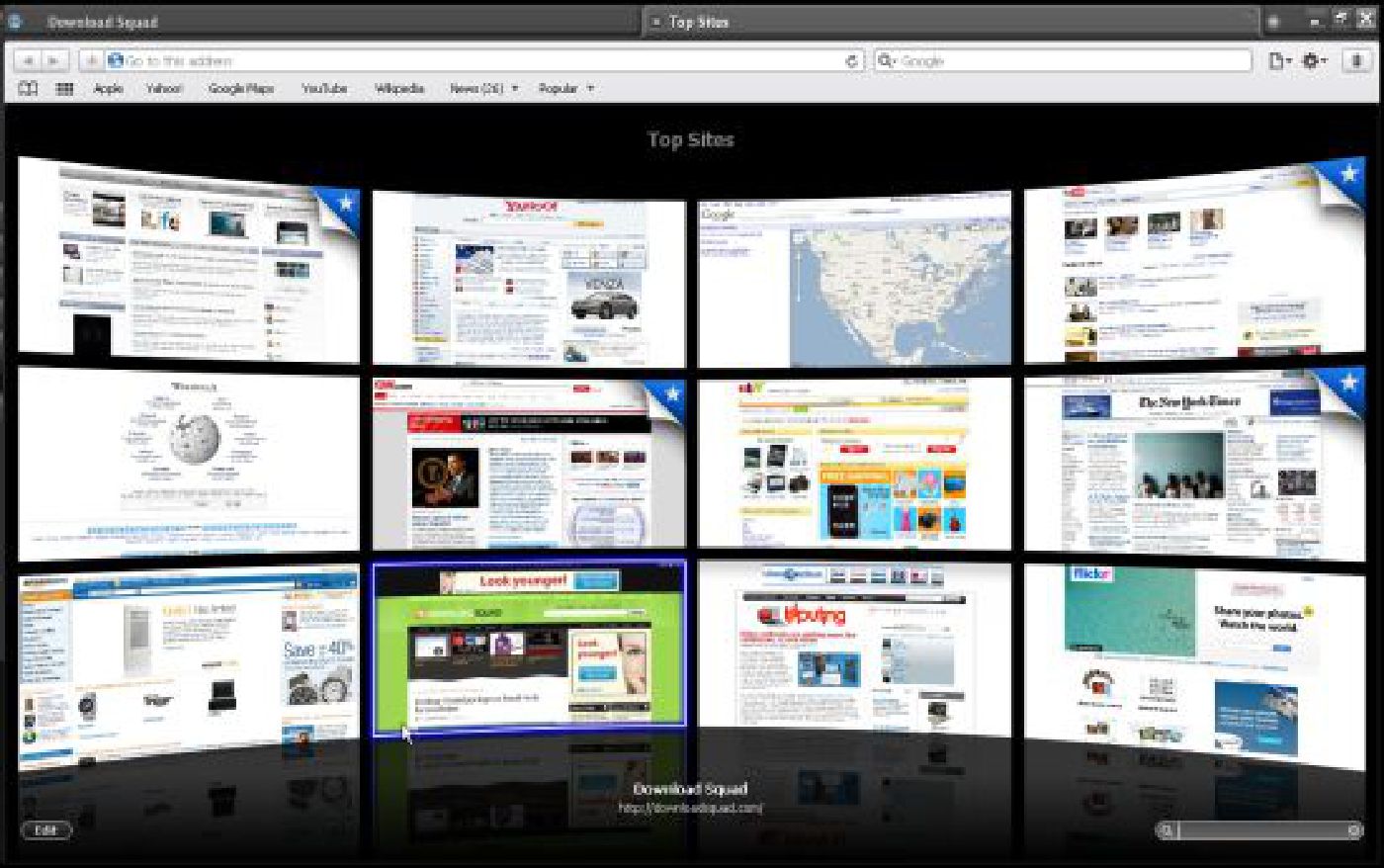“Impossible!” you say, “Clearly going from a 10Mb/s connection to the new, fast, fancy (expensive?) 20 Mb/s connection my provider is proud to now be offering will double my speed on the web! 20 is twice as much as 10 you dullard!” you assert? Oh how wrong you are, dear uneducated internet user. Allow me to illuminate the situation via a brief discussion of what actually occurs when you are browsing the web. We’ll skip some of the fine grained details and all the DNS bits, but here’s the general idea:
Whenever you make a request for a web page on the net, you send out a request to a server. That server, assuming you’re an allowed user, then sends a response. Assuming you don’t get redirected and are actually served a page, the server will send you a generally simple HTML page. This is a single, small file that contains the HTML code that tells your browser how to render the site. Your computer receives the file, and your browser goes to work doing exactly that, rendering the HTML.
Up to this point people tend to understand the process, at least in broad strokes. What happens next is what catches people I think. Now that your browser is rendering the HTML, it is not done loading the page or making requests to the server, not by a long shot. You still haven’t downloaded any of the images or scripts. The references to all of that are contained in the HTML. So as your browser renders the HTLM for the given site, it will begin sending requests out to the server asking for those bits of content. It makes a new request for each and every image on the page, as well as any other file it needs (script files, CSS files, included HTML files, etc.).
Here are the two main points that need to be understood when discussing Bandwidth vs. RTT in regards to page load times:
The average web page has over 50 objects that will need to be downloaded (reference: http://www.websiteoptimization.com/speed/tweak/average-web-page/) to complete page rendering of a single page.
Browsers cannot (generally speaking) request all 50 objects at once. They will request between 2-6 (again, generally speaking) objects at a time, depending on browser configuration.
This means that to receive the objects necessary for an average web page you will have to wait for around 25 Round Trips to occur, maybe even more. Assuming a reasonably low 150ms average RTT, that’s a full 3.75 seconds of page loading time not counting the time to download a single file. That’s just the time it takes for the network communication to happen to and from the server. Here’s where the bandwidth vs. RTT discussion takes a turn decidedly in the favor of RTT.





